Winterizing Heuchera Plants – Learn About Heuchera Winter Care
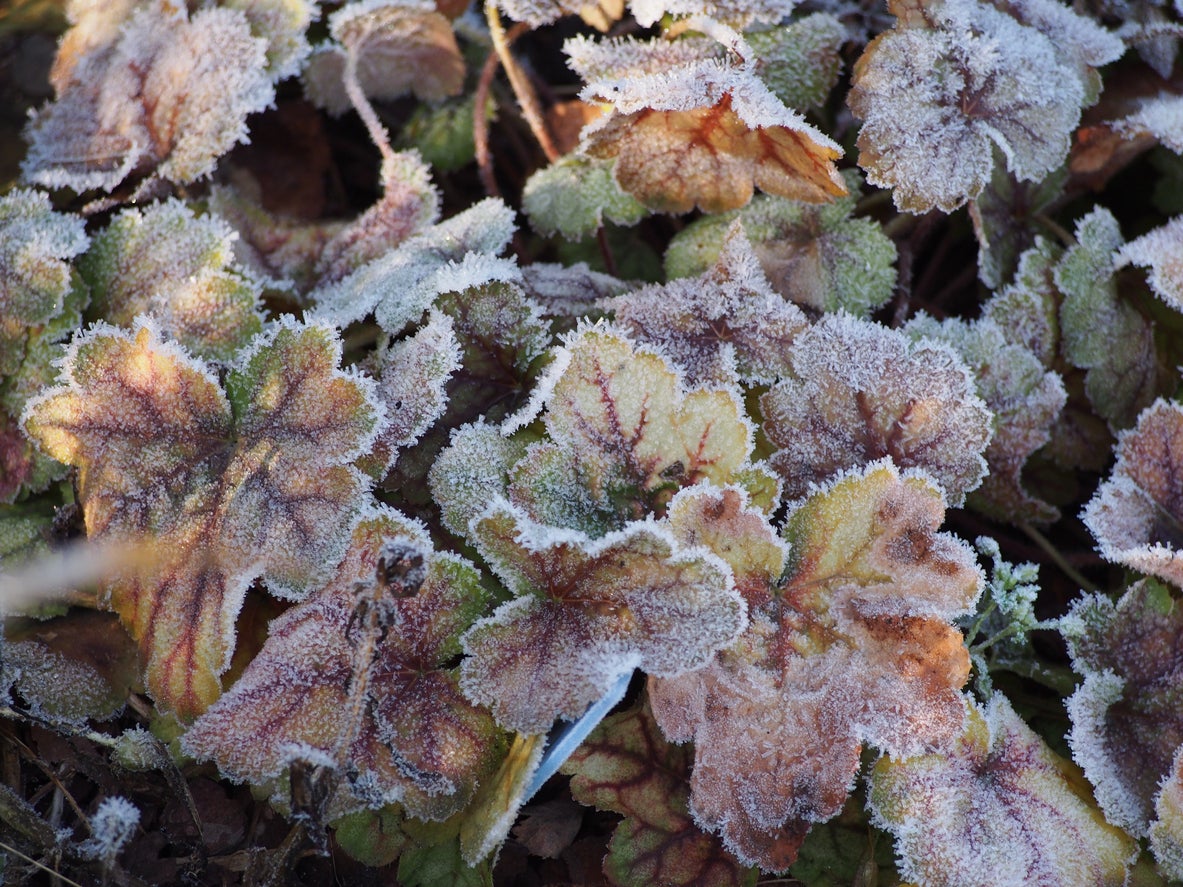

Amy Draiss
Heuchera are hardy plants that survive punishing winters as far north as USDA plant hardiness zone 4, but they need a little help from you when temperatures drop below the freezing mark. Although heuchera cold hardiness differs somewhat between varieties, proper care of heuchera in winter ensures that these colorful perennials are hale and hearty when spring rolls around. Let’s learn about winterizing heuchera.
Tips on Heuchera Winter Care
Although most heuchera plants are evergreen in mild climates, the top is likely to die down where winters are chilly. This is normal, and with a little TLC, you can be assured that the roots are protected and your heuchera will rebound in spring. Here’s how:
Ensure heuchera are planted in well-drained soil, as the plants are likely to freeze in wet conditions. If you haven’t planted heuchera yet and your soil tends to be soggy, work in a generous amount of organic material first, such as compost or chopped leaves. If you’ve already planted, dig a little organic material into the top of the soil around the plant.
Cut the plant back to about 3 inches (8 cm.) in early winter if you live in a cold climate. If your area enjoys mild winters, you don’t need to cut the plant back. However, this is a good time to trim damaged growth and dead leaves.
Water heuchera in late fall, shortly before the arrival of winter (but remember, don’t water to the point of sogginess, especially if your soil doesn’t drain well). Well-hydrated plants are healthier and more likely to survive freezing temperatures. Also, a little moisture will help the soil retain heat.
Add at least 2 or 3 inches (5-8 cm.) of mulch such as compost, fine bark, or dry leaves after the first frost. When it comes to winterizing heuchera, providing this protective covering is one of the most important things you can do, and will help prevent damage from repeated freezing and thaws that can push plants out of the ground.
Check your heuchera occasionally in early spring, as this is when soil heaving from freeze/thaw cycles is most likely to occur. If the roots are exposed, replant as soon as possible. Be sure to add a little fresh mulch if the weather is still cold.
Gardening tips, videos, info and more delivered right to your inbox!
Sign up for the Gardening Know How newsletter today and receive a free copy of our e-book "How to Grow Delicious Tomatoes".
Heuchera doesn’t like a lot of fertilizer and a fresh layer of compost in spring should provide all necessary nutrients. However, you can add a very light dose of fertilizer if you think it’s necessary.

A Credentialed Garden Writer, Mary H. Dyer was with Gardening Know How in the very beginning, publishing articles as early as 2007.
- Amy DraissDigital Community Manager
-
 How To Grow Seeds Quickly: 8 Expert Tricks For Fast Flowers & Crops
How To Grow Seeds Quickly: 8 Expert Tricks For Fast Flowers & CropsIt's never too late to start growing! Jump-start your flower or vegetable garden with these pro tips and tricks for germinating seeds in record time.
By Amy Grant
-
 8 Perfect Flowers To Plant With Tomatoes To Boost Yields & Banish Pests
8 Perfect Flowers To Plant With Tomatoes To Boost Yields & Banish PestsDon’t forget flowers when choosing companion plants for your tomato beds or pots. These pretty, fragrant blooms add beauty but are also highly beneficial.
By Mary Ellen Ellis
-
 Want The Longest Lasting Hydrangea Flowers? Grow These 8 Panicle Hydrangea Varieties
Want The Longest Lasting Hydrangea Flowers? Grow These 8 Panicle Hydrangea VarietiesFor ornamental shrubs that deliver the longest flowering seasons with plush blooms and delicate hues, these panicle hydrangea varieties are essential in your yard
By Tonya Barnett
-
 Zinnias On Repeat: 10 Glorious Cut-And-Come-Again Varieties For Endless Summer Bouquets
Zinnias On Repeat: 10 Glorious Cut-And-Come-Again Varieties For Endless Summer BouquetsThese zinnia varieties keep giving all summer, making them the perfect choice for dedicated cutting gardens – or just the occasional homegrown bouquet.
By Ellen Wells
-
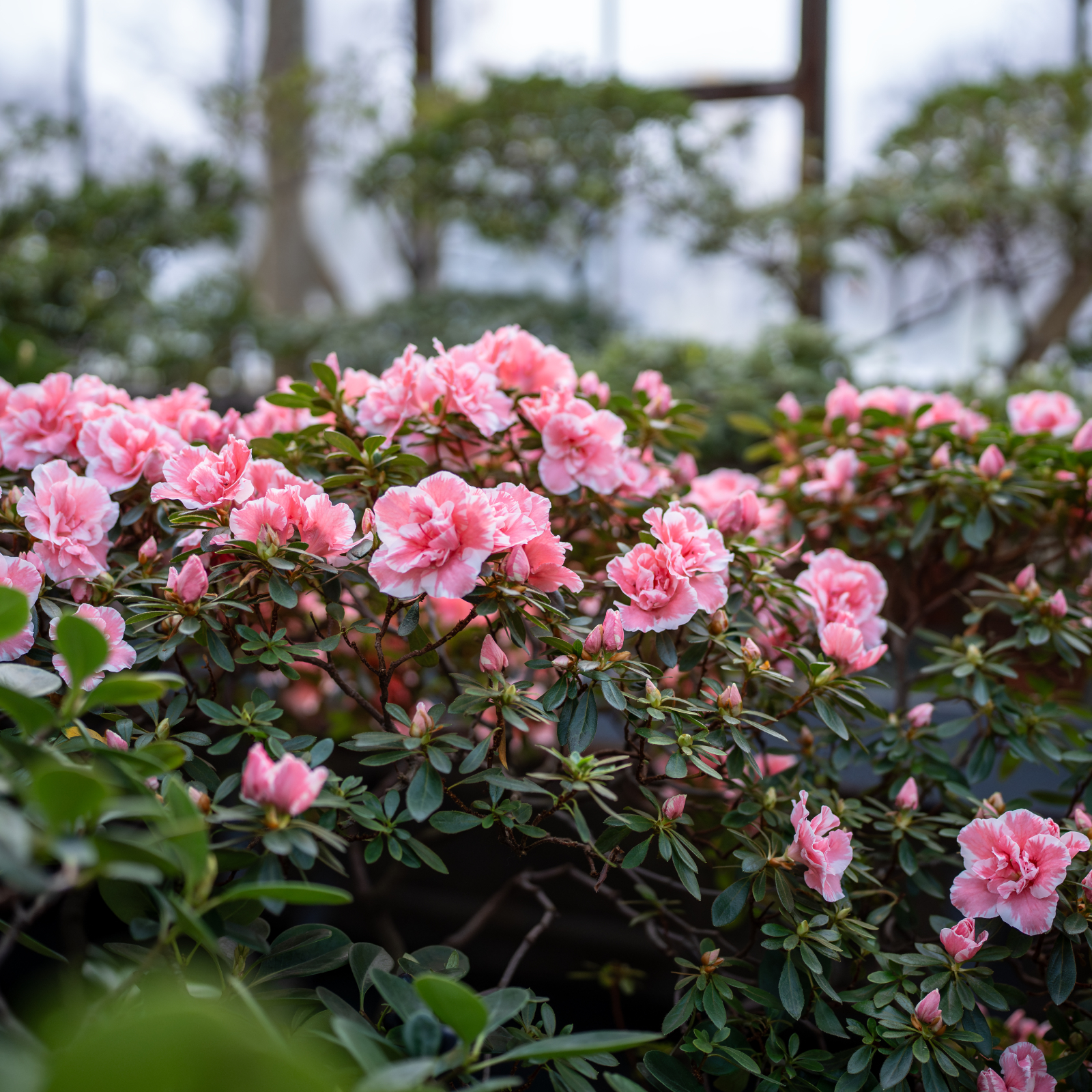 What Is The Size Of An Azalea? Explore Different Varieties That Will Suit Every Garden
What Is The Size Of An Azalea? Explore Different Varieties That Will Suit Every GardenThe size of azaleas can vary widely because they have been selectively bred for different landscape needs. Check out our picks for each size category.
By Mary Ellen Ellis
-
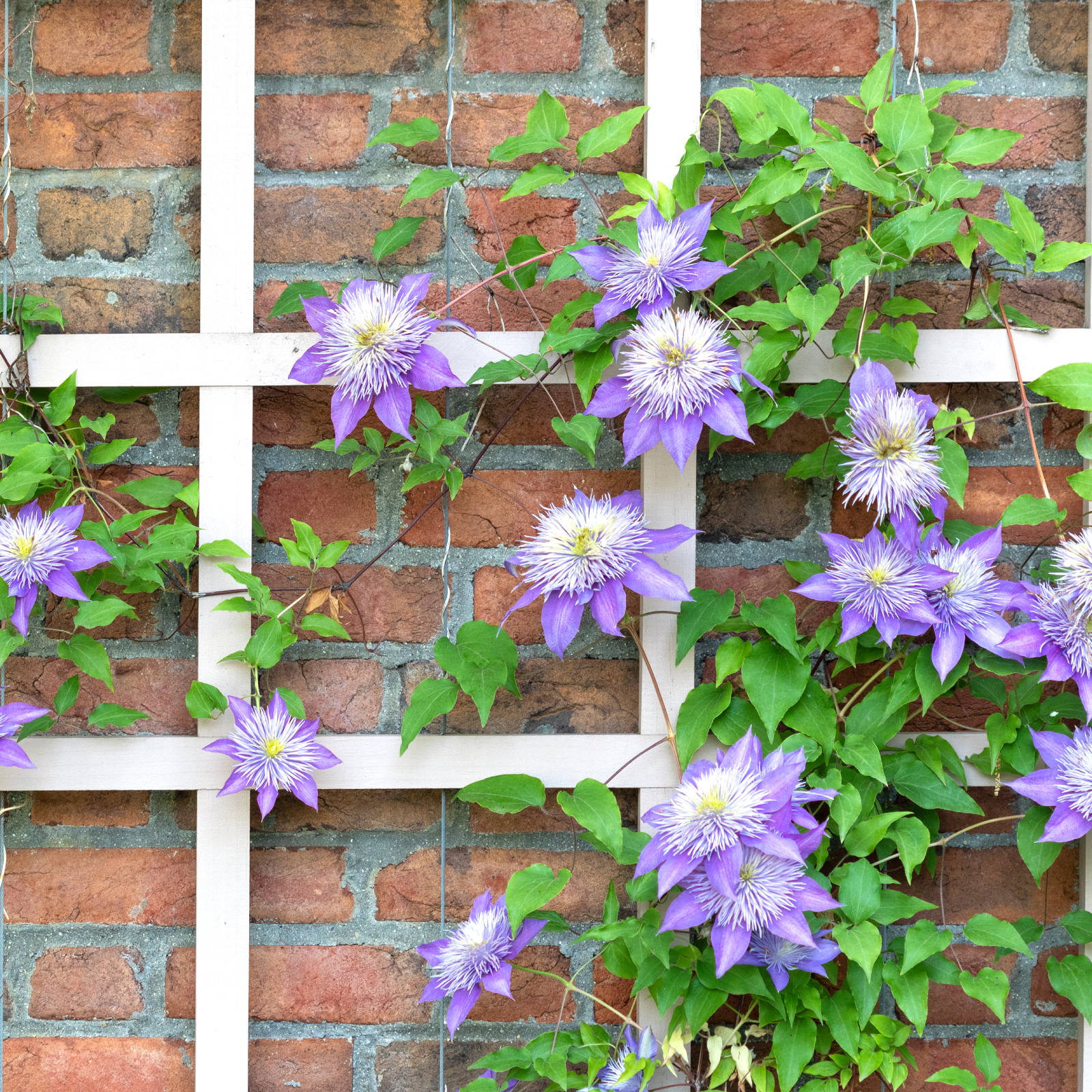 5 Fabulous Fast-Growing Vines – That Will Quickly Climb Any Arbor, Trellis, Or Fence
5 Fabulous Fast-Growing Vines – That Will Quickly Climb Any Arbor, Trellis, Or FenceThese fast growing vines are perfect for covering any eyesores in your yard or creating a living fence. They will provide great visual interest, as well.
By Amy Grant
-
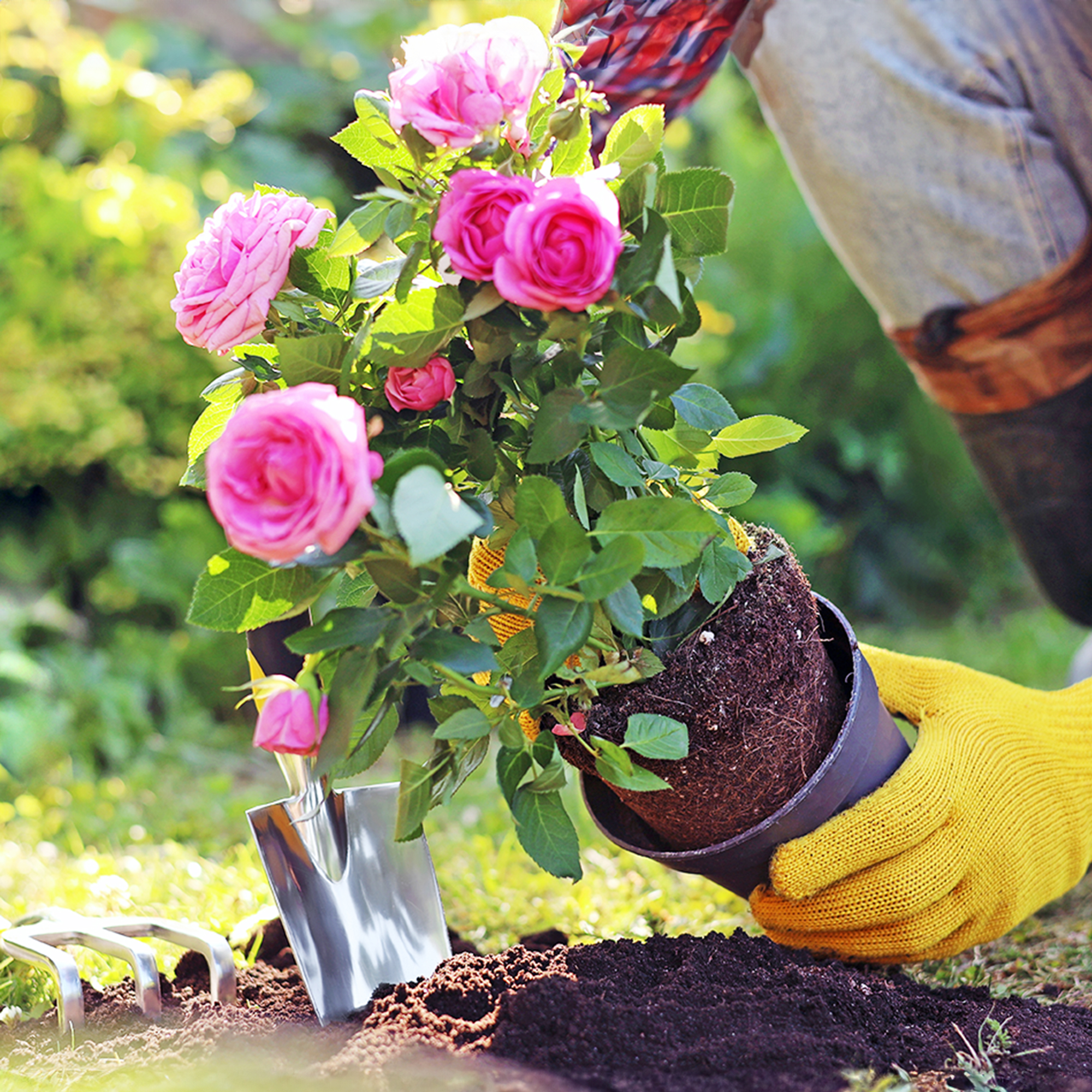 When To Plant Roses: The Best Time For Your Climate And Rose Type
When To Plant Roses: The Best Time For Your Climate And Rose TypePlant your roses at the right time and you will be rewarded with decades of glorious summer flowers – but get it wrong and you'll be crying over dead shrubs.
By Teo Spengler
-
 Spectacular Early Blooming Shrubs: 6 Sparkling Spring Flowering Bushes
Spectacular Early Blooming Shrubs: 6 Sparkling Spring Flowering BushesWant to kickstart your gardening year with dazzling spring flowering bushes for beds and borders? These unique early bloomers are sure to help you rise and shine!
By Teo Spengler
-
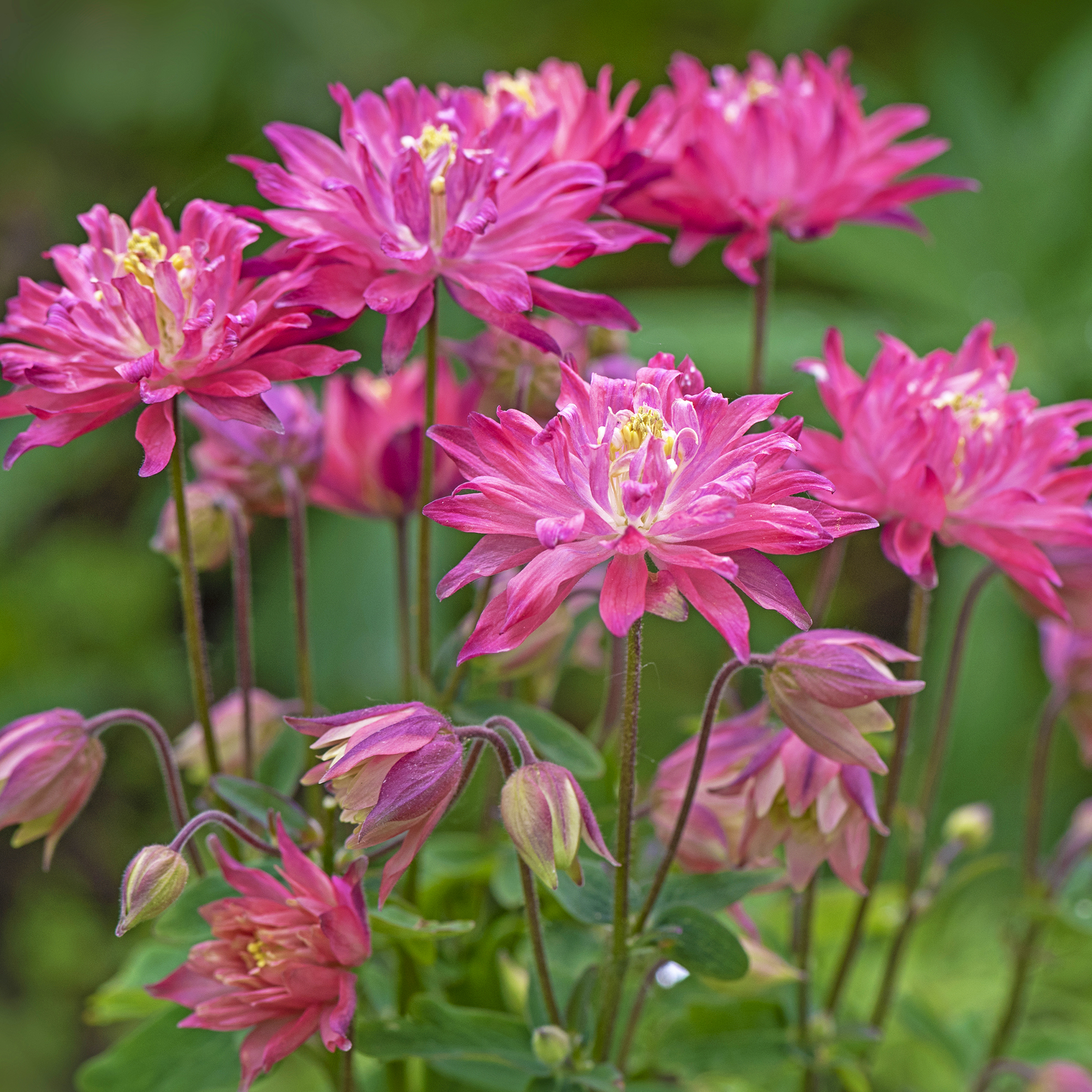 7 Shade-Loving Flowers To Start From Seed Now For A Stunning Summer Garden
7 Shade-Loving Flowers To Start From Seed Now For A Stunning Summer GardenTurn shady spots into vibrant new garden spaces with lovely and illuminating shade-loving flowers.
By Ellen Wells
-
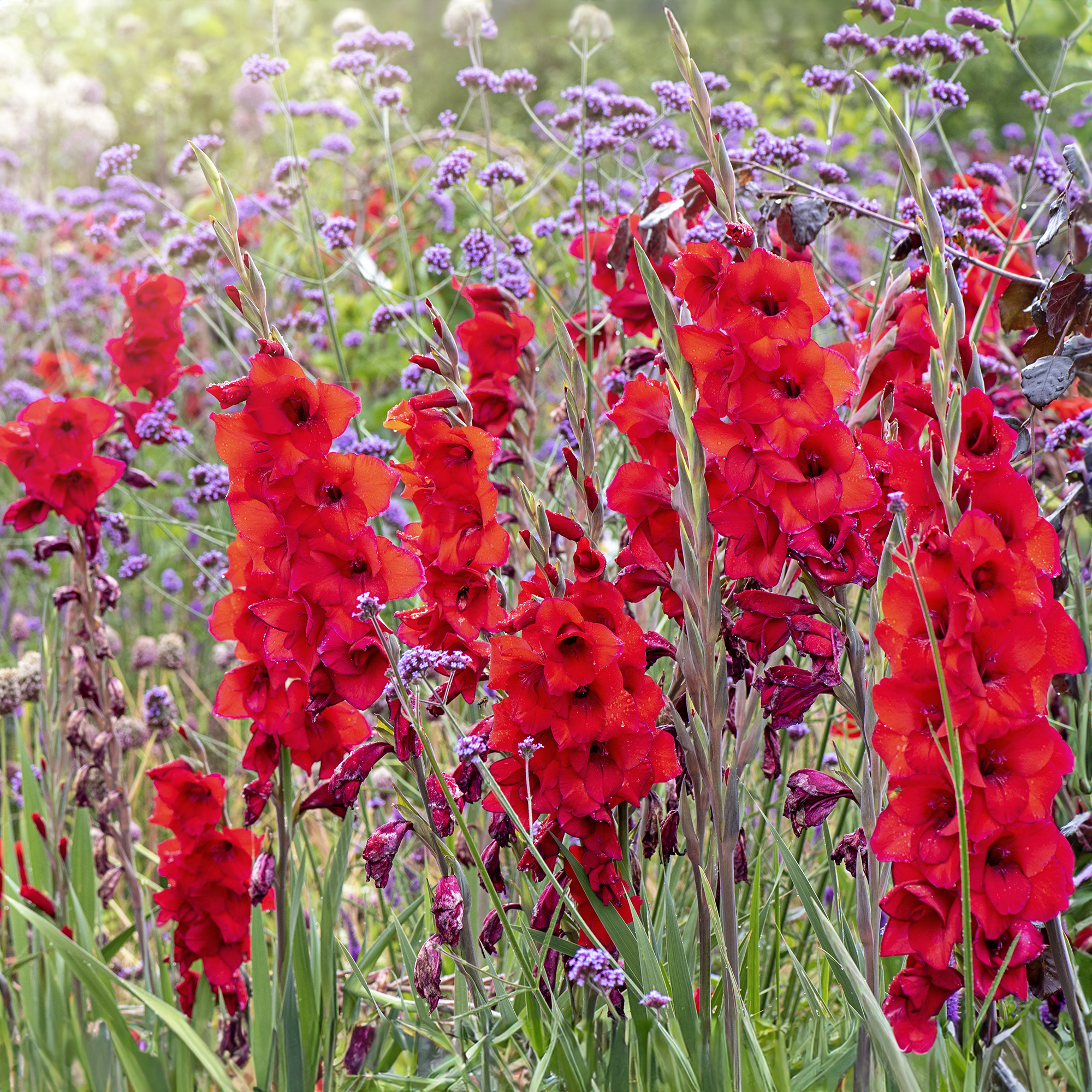 7 Summer-Blooming Bulbs To Plant In Early Spring: Don't Miss Months Of Glorious Flowers!
7 Summer-Blooming Bulbs To Plant In Early Spring: Don't Miss Months Of Glorious Flowers!Get a head start on stunning summer blooms with these easy-to-plant bulbs – act early and you will enjoy vibrant flowers that last for months on end.
By Mary Ellen Ellis